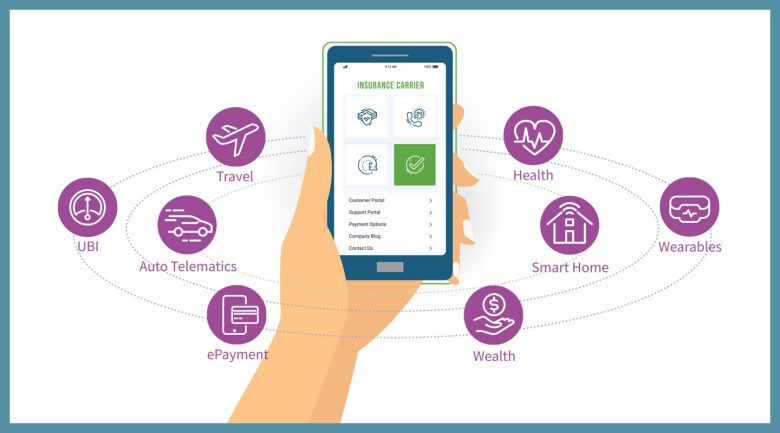Insurers are no longer attempting to handle everything on their own these days. Rather than starting from scratch, they are creating vast, adaptable ecosystems—partner networks that bring in advanced technologies, huge data streams, and specialized expertise. Outsourcing is not what this is. It is orchestration.
Real innovation is also being sparked by it.
The Significance of Ecosystems in Life Insurance
Life insurance has changed throughout time. Consumers desire digital experiences that are as seamless as online banking or in-store buying, as well as more individualized offerings and quicker service. In the meantime, changing regulatory environments, legacy IT debt, and growing expectations are putting pressure on insurers. The answer? Ecosystems are excellent at agility.
Through partner ecosystems, insurers may access new capabilities without having to undertake significant internal buildouts, such as advanced analytics, AI technologies, health tech, and consumer interaction platforms. The insurer maintains the fundamental platform, and third-party services can be added or removed as needed. Think of it as modular innovation. Because of this type of “loose coupling,” insurers are able to move swiftly, integrate seamlessly, and continuously adjust.
They can, in other words, quit lagging behind and begin influencing the future.
One of the Biggest Trends in Insurance Is Ecosystem Innovation
This collaborative concept is one of the most significant developments in insurance innovation today, not merely a nice-to-have. Indeed, Generative AI’s examination of this year’s Qorus-Accenture Innovation in Insurance Awards entries revealed six key patterns, including ecosystem-driven innovation.
And it is easy to understand why. The industry is changing dramatically. Insurers are being pulled in a dozen different directions at once, from the convergence of life and health products to the emergence of hyper-personalized policies driven by real-time data. Ecosystems provide a means of staying up to date by combining the best features of other partners and businesses.
The Allure of Loose Coupling: Flexibility That Will Last
The durability of the ecosystem method is among its most potent features. The tech world of today is a whirl of platform pivots, M&A activity, and regulatory changes. Every change is risky when insurers have a strong relationship with a single tech vendor. However, ecosystems lessen that exposure, particularly those constructed with adaptable, loosely linked structures.
Insurers have the opportunity to switch if a partner leaves or a better alternative becomes available. No disturbance. Not a drama. This adaptability keeps innovation on course and helps the company future-proof.
Better yet, as new insurtechs and data providers appear, they can integrate with existing ones, providing insurers with new capabilities and richer data sources, such as wearables, behavioral analytics, and AI-powered claims triage.
Cross-Industry Cooperation: An Exciting Place for Innovation
Unexpected collaborations outside of the conventional insurance industry are producing some of the most innovative ideas. By exchanging best practices, insights, and technologies that improve the customer experience in unexpected ways, healthtech companies, fintech platforms, and even retail behemoths are helping to create new insurance ecosystems.
Consider the example of digital customer engagement. I have witnessed cross-industry solutions that significantly increase call center interactions’ success and speed, enabling agents to turn more leads into devoted clients. Many of these features are now powered by generative AI, which makes phone conversations more fluid, quick, and intimate than they were in the past.
Innovation in Insurance Has a Connected Future
Zooming out makes the larger picture even more visible. Ecosystem enablement is a common theme among the leading innovation trends, including the digital customer experience, the merging of health and well-being, and the use of advanced data for personalization.
No one business has everything. However, insurers and their partners can work together to produce more human-centered insurance solutions, better experiences, and faster innovation.
Life insurance will not be developed in a vacuum. It will be constructed in a network that is flexible, cooperative, and full of opportunities.



